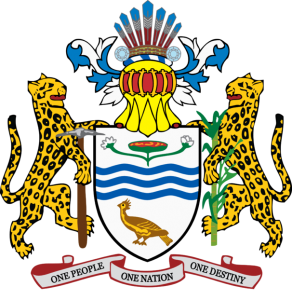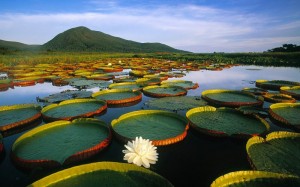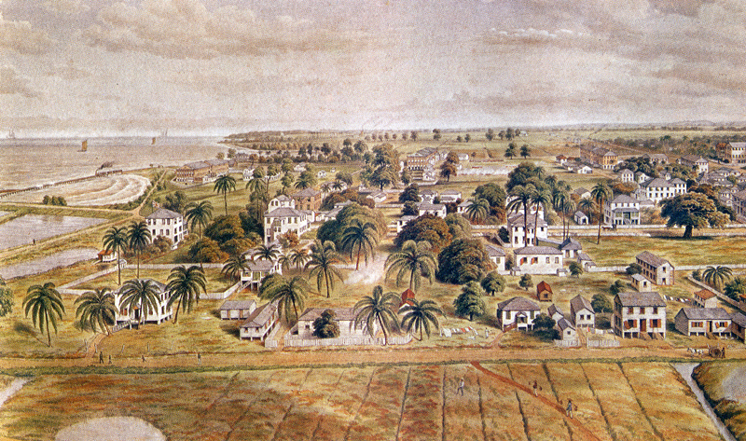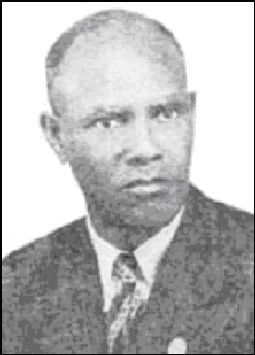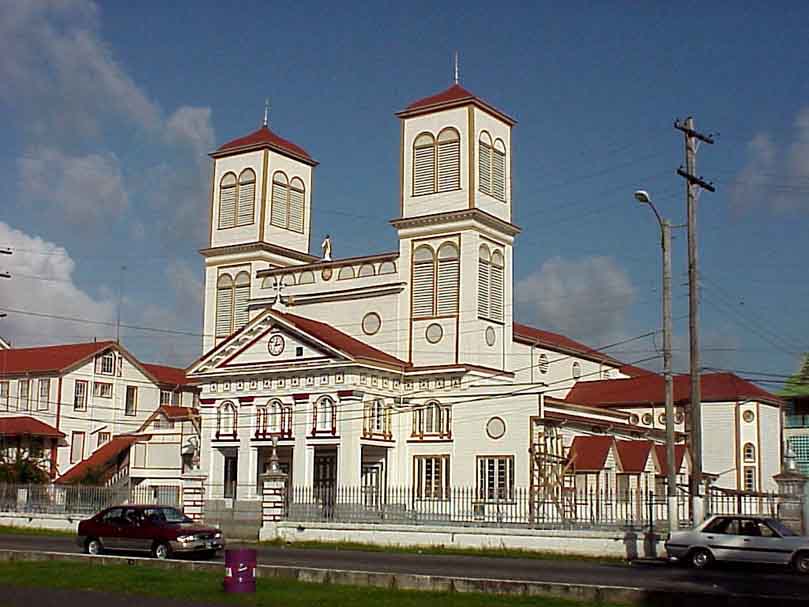Deconstructing the Victoria Amazonica (Victoria Regia) or the Giant water lily
In light of the beauty and distinctiveness of the Victoria Amazonica, and its reputation as one of the world’s largest plants – it is said also to have been the inspiration for the architect of the Crystal Palace in London – the flower was adopted as Guyana’s national flower when the country gained its independence.
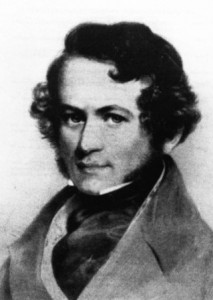
It can also be found on the shield of the country’s coat of arms, and is said to represent the rare and illustrious plant, and is a symbol of Guyana’s bountiful flora.
When German botanist Robert Schomburgk discovered the giant water lily in British Guiana on Jan. 1 of his 1837 expedition in the Berbice River region, the plant was already known to European science, having been discovered in South America at the beginning of the 19th century.
It is said that it was Bohemian botanist and naturalist Tadeáš Haenke who, in 1801, sent to Bolivia by the Spanish government to investigate the flora there, discovered the lily but never recorded his discovery. Then in 1819, French botanist Aime Bonpland saw the lily near Corrientes, Argentina, and sent its description to France. Alcide d’Orbigny, who saw the plant in Argentina in 1827 and Bolivia in 1833, published his accounts in 1840. He noted that the Guarani Indians of Argentina called it the Yrupe which literally meant “water-platter”. In 1832 Eduard Poeppig found it on the Amazon and gave the first published account of it that same year, under the name Euryale Amazonica.
Consequently, the name became mired in uncertainty. Poeppig named the lily Euryale Amazonica, assuming that it belonged to the same genus as the Asian Euryale Ferox; something botanists later refuted, recognising that the giant water lily of South America has its own distinct characteristics.
